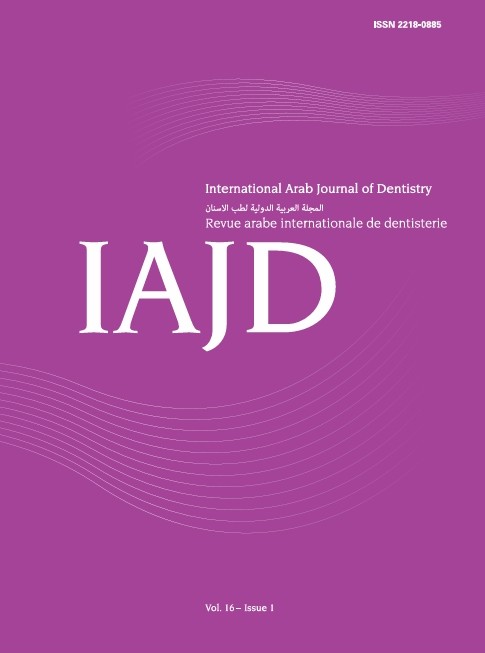Abstract
Introduction: The long-term performance of dental restorations depends on their internal and marginal fits. Improvements in the fit of restorations, especially zirconia crowns, have been investigated through the use of diverse materials, manufacturing processes, and impression techniques.
Objectives: The purpose of this review was to examine the internal and marginal fit of zirconia crowns made with CAD/CAM software with artificial intelligence (AI) software.
Methods: Using a combination of keywords and MeSH terms, the literature search was carried out across seven databases: PubMed, Scopus, Web of Science, Cochrane Library, Embase, ProQuest, and ScienceDirect from inception till 1st of September, 2024. To guarantee correctness and uniformity in the data that was retrieved, a standardised form was established. In vitro or in vivo studies were considered for inclusion, and two reviewers evaluated the selected literature.
Results: CAD/CAM-generated restorations showed better fit than conventionally manufactured restorations in all 5 of the studies included in the review, especially those made with digital workflows and imprint techniques. Compared to other approaches, digital technologies including completely digital (IOS) and digital intraoral impressions produced a better fit. For single-visit zirconia treatment, high-speed sintering produced encouraging results with lower marginal gap values. When compared to milled zirconia (MZ) crowns, self-glazed zirconia (SGZ) crowns showed superior internal and overall fit.
Conclusions: The results showed that, when compared to restorations that were conventionally produced, CAD/CAM-fabricated restorations, particularly those that were planned with the use of digital workflows and imprint techniques, had greater marginal and internal fit. Zirconia crown fit has improved thanks to promising advances in digital technology, including high-speed sintering and entirely digital operations. To determine the long-term clinical performance of restorations created with CAD/CAM and AI, more research is required.

